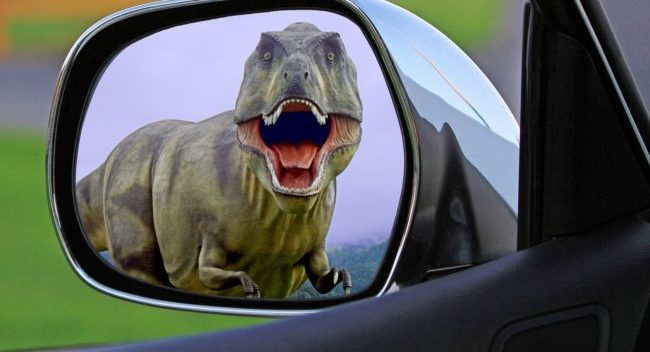 Driving fears and driving superstitions are more widespread than you may think, with some of the most common affecting a wide range of men and women drivers across the U.S. The car insurance comparison service of NetQuote found this out when it conducted a survey to collect the most common fears and superstitions related to driving.
Driving fears and driving superstitions are more widespread than you may think, with some of the most common affecting a wide range of men and women drivers across the U.S. The car insurance comparison service of NetQuote found this out when it conducted a survey to collect the most common fears and superstitions related to driving.
Not only did NetQuote survey more than 1,000 adult motorists throughout the nation, but the company also dug a little deeper to determine if driving fears and driving superstitions had any impact on driving habits and records.
Top Driving Fears
While driving fears can run the gamut from getting lost to being involved in a collision, the most common driving fears that came up on the survey were those usually associated with urban legends.
- Fake police officers pulling drivers over
- Thieves throwing eggs to lure people out of car
- Person sneaking into the garage while car is being pulled in
- Person hiding in the back seat
- Note left on windshield to lure people out of car
- Gang initiation that results in killing driver who flashes headlights
- Shirt left on windshield to lure people out of car
- Coin stuck into car handle so thieves can break into car later
- Needles stuck under gas pump handles
Top Driving Superstitions
- Holding breath while riding through a tunnel
- Raising feet while riding over bridge or railroad
- Driving with a rosary or other religious emblem or symbol
- Holding breath riding past a cemetery
- Driving with a lucky charm, such as a rabbit’s foot or coin
- Praying while passing through a yellow light
- Tapping the sun visor while passing through a yellow light
- Throwing coins in the back seat of a new car
- Purposely scratching a new car for good luck
Link between Fears and Superstitions
Superstitions seem to be most potent, and may even be born out of, underlying fears and anxiety. The origin of superstitious beliefs can be traced back to humanities earliest days, before folks had an explanation for things like earthquakes, storms, widespread illnesses and food shortages. Superstitions were created as a way to try to control uncontrollable events, as well as a way to handle the fear of the unknown.
Superstitions serve the same functions today, whether they’re learned anew by individuals or passed down through generations.
Can Fears and Superstitions Make Better Drivers?
Although part of the survey’s objective was to see if any of the superstitions impacted driving habits, the only tidbit NetQuote shared concerned those who drove around with lucky charms.
Drivers who used some type of religious symbol or charm for good luck were ticketed much more frequently than those who didn’t use one. The most ticketed of the lucky charm batch were those who got their luck from money or coins.
However, driving fears can lead to an increased awareness, while superstitions may result in a decrease in anxiety. The combination of those two factors could perhaps impact driving habits, although each person would have to gauge for themselves if their beliefs were working for them.
SOURCES:







